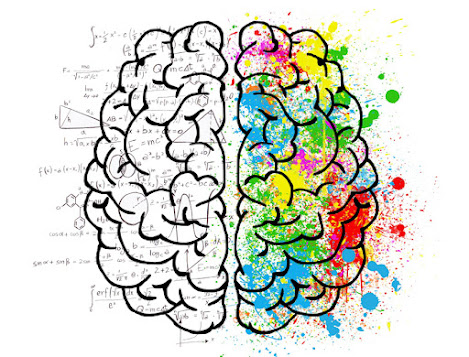7. QUASI-EXPERIMENTAL REASEARCH
DEFINITION: aims to establish a cause-and-effect relationship between an independent and dependent variable.
However, unlike a true experiment, a quasi-experiment does not rely on random assignment. Instead, subjects are assigned to groups based on non-random criteria.
Quasi-experimental design is a useful tool in situations where true experiments cannot be used for ethical or practical reasons.
CHARACTERISTICS:
MAIN USES:
Although true experiments have higher internal validity, you might choose to use a quasi-experimental design for ethical or practical reasons.
Ethical
Sometimes it would be unethical to provide or withhold a treatment on a random basis, so a true experiment is not feasible. In this case, a quasi-experiment can allow you to study the same causal relationship without the ethical issues.
The Oregon Health Study is a good example. It would be unethical to randomly provide some people with health insurance but purposely prevent others from receiving it solely for the purposes of research.
However, since the Oregon government faced financial constraints and decided to provide health insurance via lottery, studying this event after the fact is a much more ethical approach to studying the same problem.
Practical
True experimental design may be infeasible to implement or simply too expensive, particularly for researchers without access to large funding streams.
At other times, too much work is involved in recruiting and properly designing an experimental intervention for an adequate number of subjects to justify a true experiment.
In either case, quasi-experimental designs allow you to study the question by taking advantage of data that has previously been paid for or collected by others (often the government).
ADVANTAGES AND DISADVANTAGES:
✅ Higher external validity than most true experiments, because they often involve real-world interventions instead of artificial laboratory settings.
✅ Higher internal validity than other non-experimental types of research, because they allow you to better control for confounding variables than other types of studies do.
❌ Lower internal validity than true experiments—without randomization, it can be difficult to verify that all confounding variables have been accounted for.
❌ The use of retrospective data that has already been collected for other purposes can be inaccurate, incomplete or difficult to access.
.png)

Comments
Post a Comment